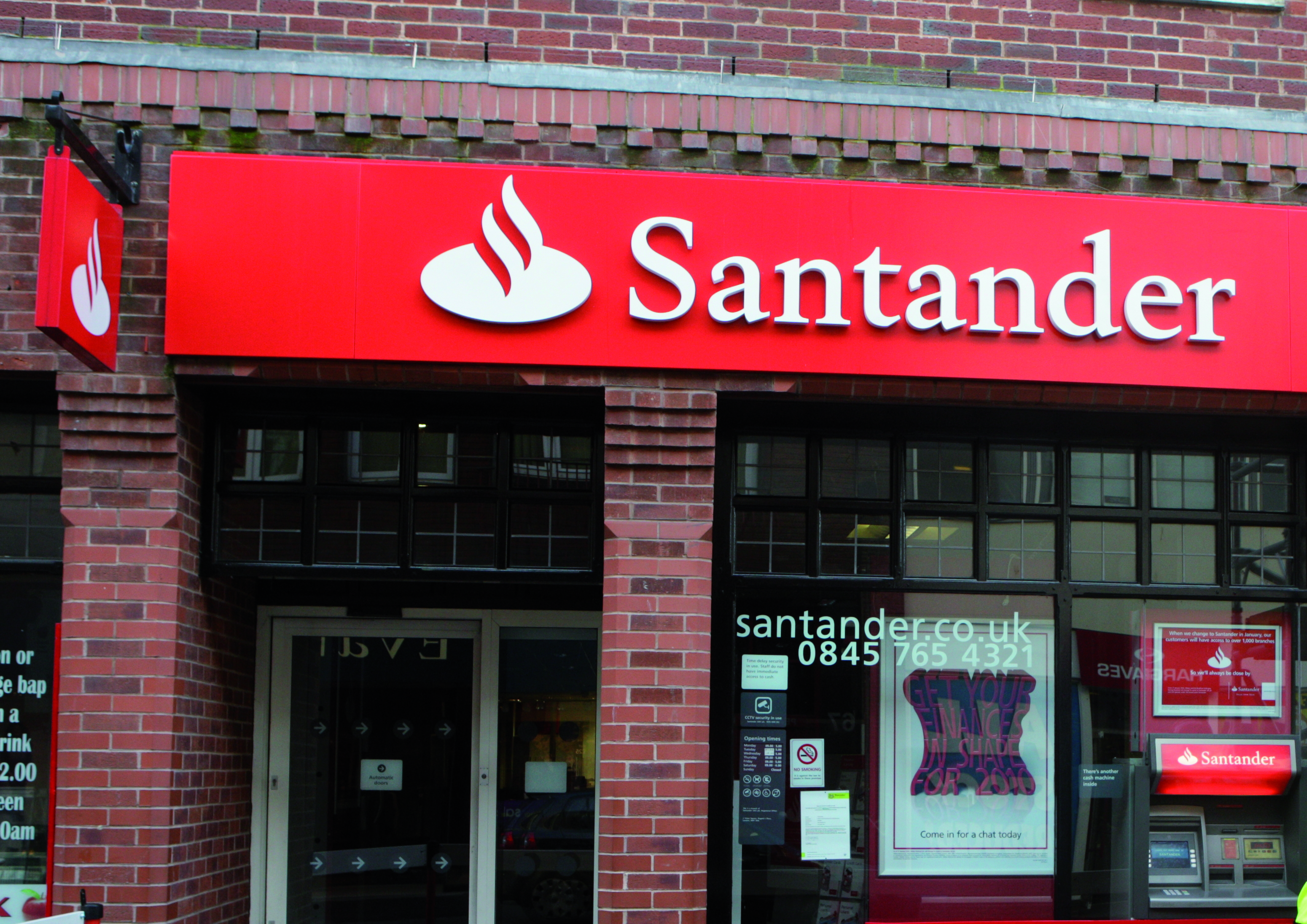With base rates at a historical low since March 2009, the outlook may seem particularly sunny at present. However Martyn Dyson, Head of Mortgages at Nationwide Building Society, unravels a more complex situation and suggests mortgage customers may wish to review their position to make the most of the changing mortgage marketplace. While mortgage rates […]
 With base rates at a historical low since March 2009, the outlook may seem particularly sunny at present. However Martyn Dyson, Head of Mortgages at Nationwide Building Society, unravels a more complex situation and suggests mortgage customers may wish to review their position to make the most of the changing mortgage marketplace.
With base rates at a historical low since March 2009, the outlook may seem particularly sunny at present. However Martyn Dyson, Head of Mortgages at Nationwide Building Society, unravels a more complex situation and suggests mortgage customers may wish to review their position to make the most of the changing mortgage marketplace.
While mortgage rates had generally been rising earlier in the year, on the expectation of a base rate rise, many experts now suggest it could be next year before we see any rises, so many banks and building societies have been cutting the cost of their mortgage deals. As a result, financial data provider Moneyfacts claims that new fixed-rate and tracker deals have now fallen to their lowest level for 23 years, and are particularly competitive for buyers with large deposits or customers remortgaging with size-able equity in their property (www.moneyfacts.co.uk, 04.07.2011). However, the best offers usually only last for a limited time – if customers delay too long, they may miss out on some of the lowest rates seen for a generation.
The Bank of England recently suggested that many households could struggle with mortgage repayments because of the increasing cost of living. It cites the fact that prices are rising faster than wages, leaving people with less money in their pockets – and concludes that as a result, household disposable income, after housing costs, has fallen this year at the fastest rate since 1977 (www.bankofengland.co.uk, 04.07.2011).
It’s not a huge leap therefore to suggest that everyone is looking for ways to save. As mortgage payments are often one of the largest monthly financial outgoings, now is the perfect time for customers to review their options. For those customers with mortgages currently on a SVR (standard variable rate), the timing is particularly conducive. SVRs currently range from 2.50% upwards, with an average around 4%. The SVR is different for each lender, can change at any time, and is not necessarily linked to base rate. So you could be paying more for your mortgage than you have to, especially if your lender’s SVR is not amongst the lowest.
By switching from a more expensive SVR to a competitive tracker or a fixed rate, you could make significant monthly savings – that could mount up significantly over the deal period
Fixed rates offer the security and peace of mind to fix payments over a set term, as well as the potential to save money too. However, customers should consider how a short term fix now may mean a payment shock later if the deal period ends just at a time when rates are rising.
For the growing number of those who believe the base rate will remain low for some time, a tracker deal remains a popular choice. This type of deal tracks the base rate, so payments may be particularly manageable now, but it’s important to remember that payments can go up or down, if rates move. For those whose SVR is higher than other Tracker rates in the market, it might be worth considering switching. However, a mortgage isn’t always just about its rate – a customer’s current mortgage may include useful features, such as the ability to apply for a payment holiday, which a different mortgage may not have. It’s also important that customers check with their current lender that there won’t be any financial penalties if they decide to switch to a different mortgage or lender.
Some lenders, including Nationwide, also offer a Switch and Fix option on trackers. In this low rate environment, these deals offer the opportunity to take advantage of the current low base rate now, with the flexibility to switch to a fixed rate deal without incurring any early repayment charges should the base rate start to rise later. Again, when compared to a higher SVR, potential savings during the deal period may be appealing.
It’s worth looking out for products offering free standard valuations and legal work too, as these can make switching lenders even more cost-effective, to ensure you start saving sooner.
Your home may be repossessed if you do not keep up repayments on your mortgage.













